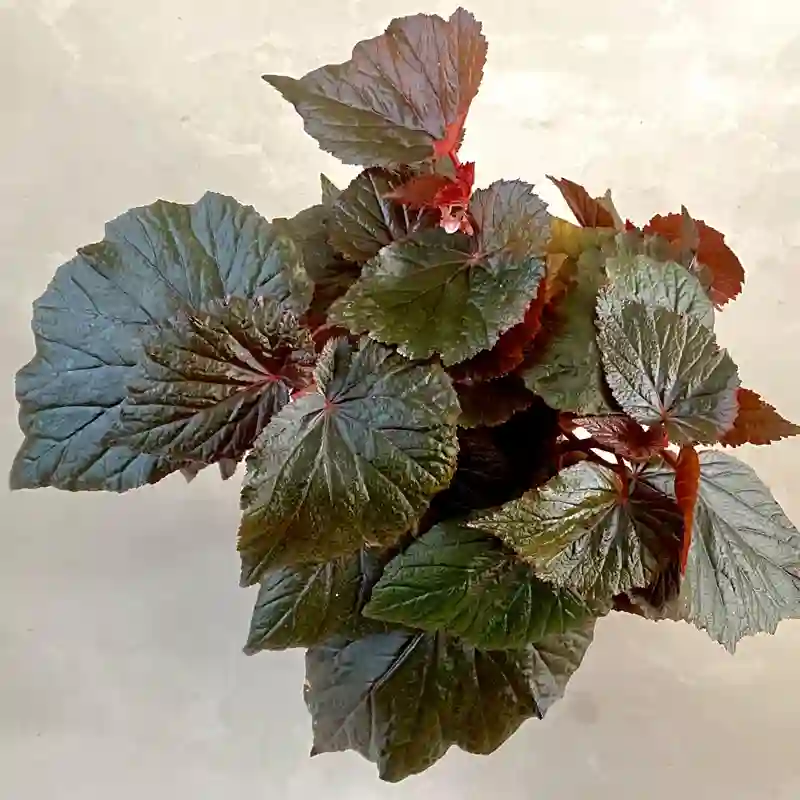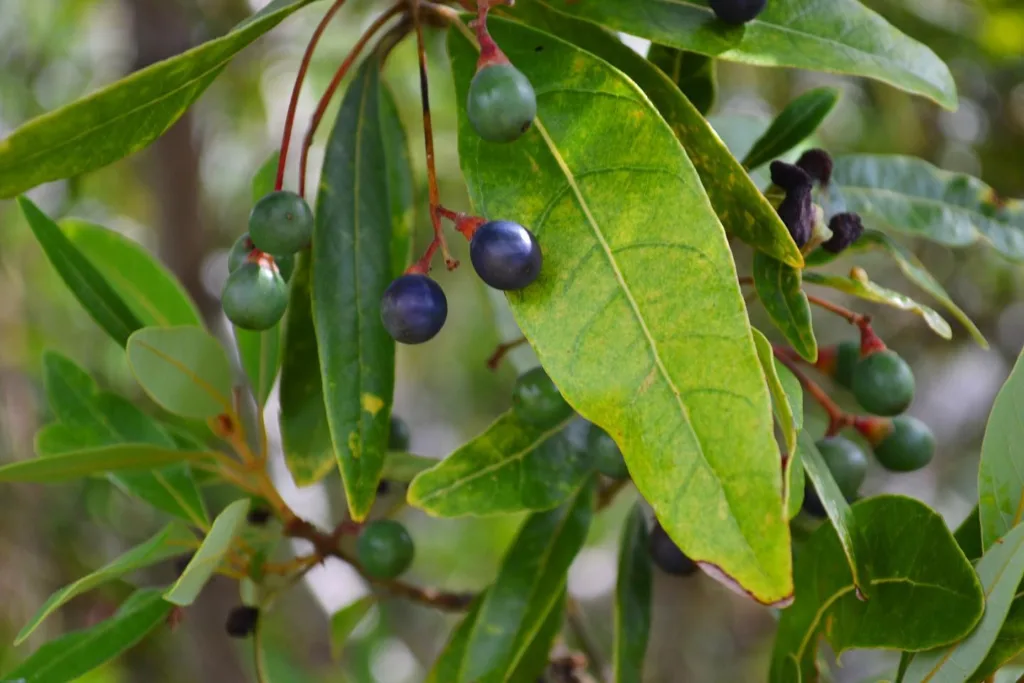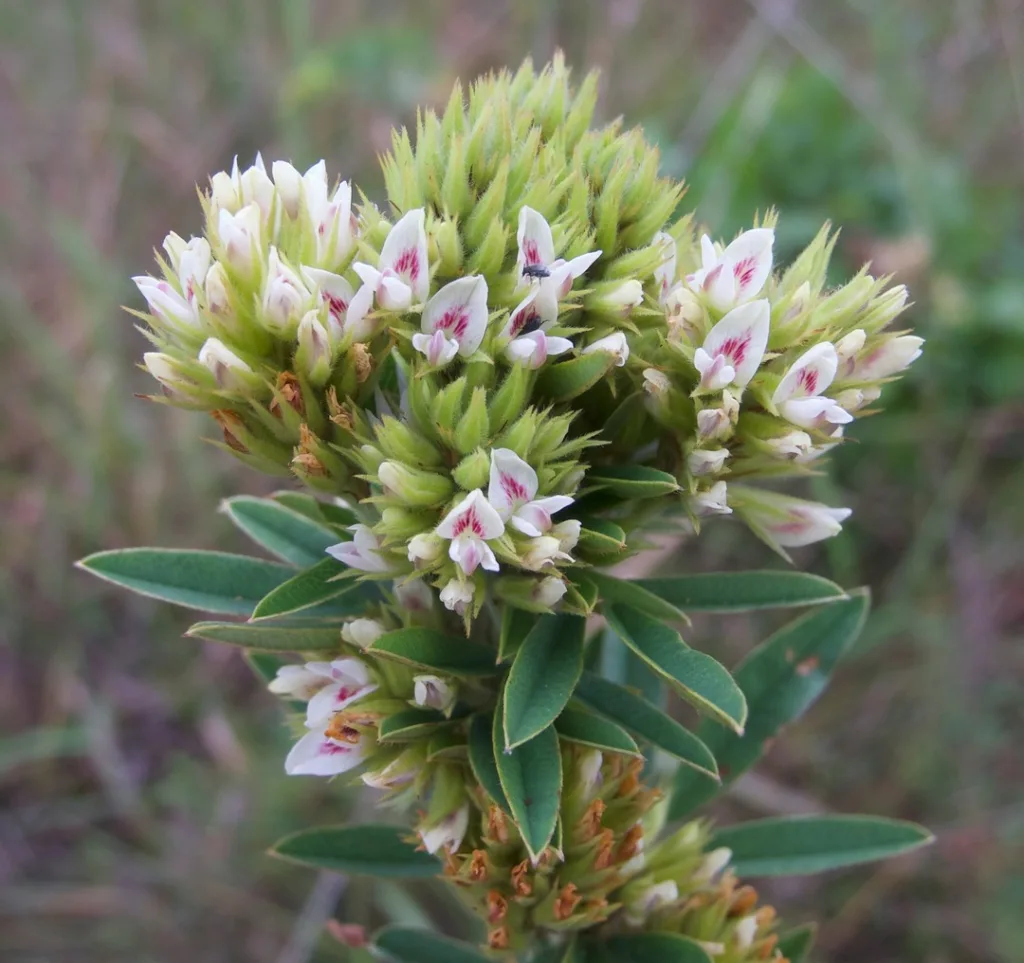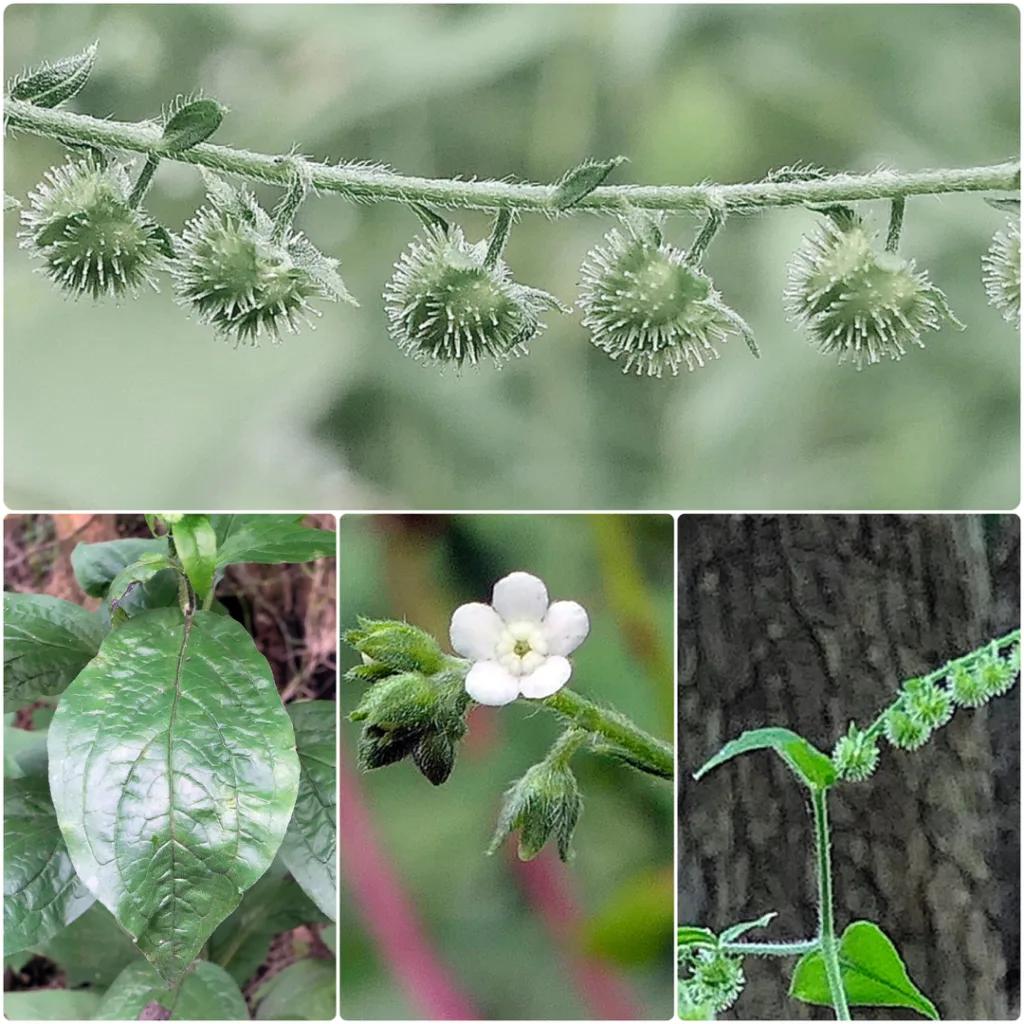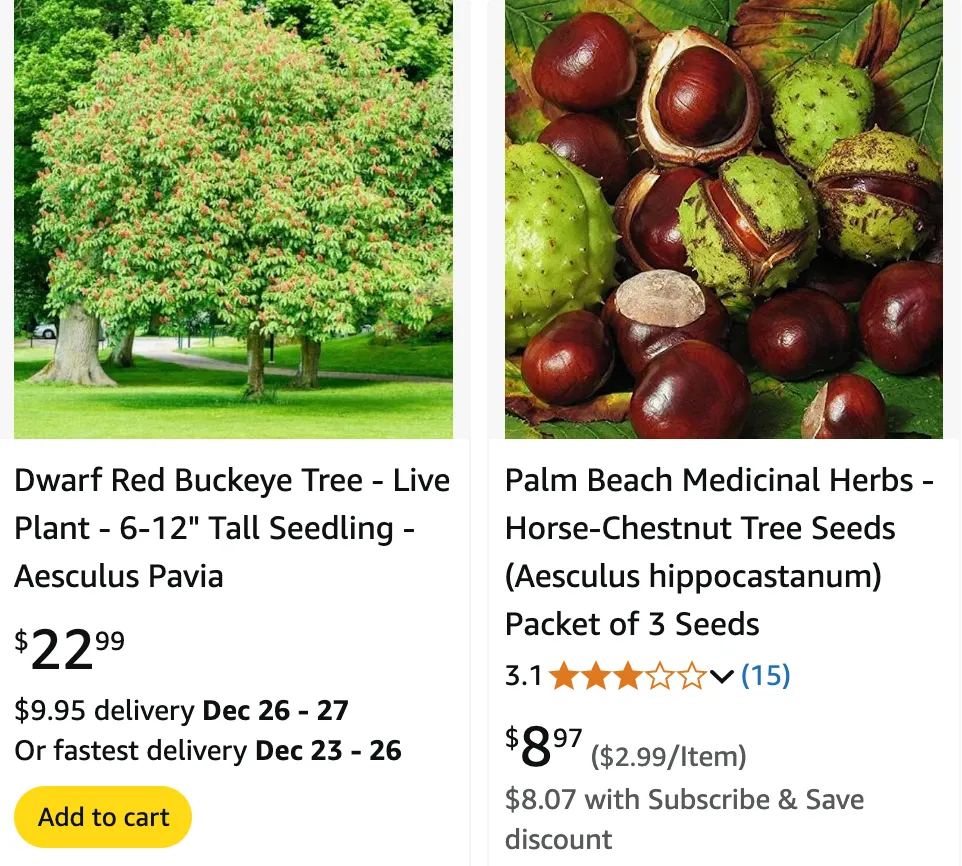
December 31 – Aesculus
"Aesculus, the horse chestnut, defines December 31."
Aesculus symbolizes protection and wisdom. You have a natural ability to guide and offer support to others. Like the chestnut, you provide shelter and strength to those around you, standing tall with grace and poise.
The Majesty of Aesculus: A Personal Exploration
My name is Ferb Vu, and I’ve always been drawn to the natural world. The towering trees, the vibrant flowers, the intricate ecosystems – they all hold a certain magic for me. Lately, I’ve become fascinated by a particular genus of trees known as Aesculus, more commonly referred to as horse chestnuts and buckeyes. These majestic trees, with their palmate leaves and showy flower spikes, have captivated my attention, and I’ve been delving into their world with enthusiasm.
A Diverse Family
Aesculus is a genus of about 18 species of flowering plants in the soapberry family, Sapindaceae. They are deciduous trees and shrubs native to the temperate regions of the Northern Hemisphere. What’s fascinating is their disjunct distribution – they’re found in three distinct regions: western and eastern North America, the Balkan Peninsula in Europe, and Asia from India to China and Japan. This unusual distribution suggests a complex evolutionary history, likely involving continental drift and ancient migration patterns.
- Aesculus hippocastanum (Horse Chestnut): Perhaps the most recognizable, this European native boasts large, sticky buds, and conkers – the beloved childhood game piece. Plant FAQs: Aesculus Hippocastanum – Horse Chestnut
- Aesculus glabra (Ohio Buckeye): A North American species with smooth, prickly fruits and leaves that turn a vibrant yellow in the fall. Plant FAQs: Buckeye Nut – Aesculus Glabra
- Aesculus flava (Yellow Buckeye): Another North American native, this species has yellow flowers and smoother fruits than the Ohio Buckeye. Plant FAQs: Aesculus Flava – Yellow Buckeye
- Aesculus californica (California Buckeye): This Californian species is unique for its drought tolerance and creamy white flower panicles. Plant FAQs: Aesculus Californica
- Aesculus turbinata (Japanese Horse Chestnut): Hailing from Japan, this species is known for its large, upright flower panicles and impressive stature.
- Aesculus assamica Griff.
- Aesculus × bushii C.K.Schneid.
- Aesculus chinensis Bunge
- Aesculus × hybrida DC.
- Aesculus indica (Wall. ex Cambess.) Hook.
- Aesculus × marylandica J.R.Booth ex Dippel
- Aesculus × mutabilis (Spach) Scheele
- Aesculus × neglecta Lindl.
- Aesculus parryi A.Gray
- Aesculus parviflora Walter Plant FAQs: Aesculus Parviflora – Bottlebrush Buckeye
- Aesculus pavia L. Plant FAQs: Aesculus Pavia – Red Buckeye
- Aesculus sylvatica W.Bartram Plant FAQs: Aesculus Sylvatica
- Aesculus × woerlitzensis Koehne
What is a buckeye tree nut?
Buckeye nuts are these shiny, dark brown things that look like little horse chestnuts, but come on a spiky green pod. They’re all over the place in my town, especially in the fall when they crack open and litter the sidewalks. My grandpa used to tell me they were good luck, like a little magic charm, but mom always warned me not to touch them because they’re poisonous. I never even thought about trying one though, they don’t exactly look delicious! But they are kind of pretty in a weird way, and there’s something cool about a tree having nuts that look like deer eyes.
What does a buckeye tree look like?
The buckeye trees around here are pretty hard to miss. They’re these big guys with these wide, round crowns that kind of droop down at the ends, like a giant, leafy umbrella. The leaves are the coolest part – they’re these big, hand-shaped things with five pointed fingers, kind of like a splayed-out starfish. In the summer, they’re a bright, happy green, but come fall, they turn into this amazing mix of reds, oranges, and yellows – it’s like the tree’s putting on a show! The bark is pretty neat too – on the younger trees it’s smooth and gray, but on the older ones, it gets all rough and cracked, like a grandpa’s hands. It’s not exactly the most elegant tree, but there’s something about them I like – they’re sturdy and strong, and they always seem to be putting on a bit of a show.
Where do buckeye trees grow?
I’ve always seen buckeye trees around here in our town, especially in parks and lining some streets. But I did some research online and apparently, depending on the kind of buckeye tree, they can grow in lots of places! Some, like the ones around here, are native to the eastern United States, all the way down to Texas. But others, like the California Buckeye, grow way out west . There are even some types that grow in Europe and Asia! That’s pretty cool, that such a familiar tree to me can be found in so many different places.
Can you eat buckeye tree nuts?
This is where things get tricky with buckeyes! They definitely look tempting, like little round snacks hanging from the tree. When I was little, I remember thinking they might taste like chestnuts, which I love. But according to everything I’ve ever heard from mom and grandpa, you absolutely should not eat them. Apparently, they have some kind of toxin in them that can make you really sick. There’s even a rumor going around that you can only prepare them in a special way to get rid of the poison, but that sounds way too complicated and risky for me! I’ll stick to admiring them from afar and enjoying the pretty autumn leaves instead. Not worth the potential stomach ache!
How to grow a buckeye tree from seed?
Growing a buckeye tree from seed seems kind of mysterious, but grandpa always said it was possible. He never actually did it himself, but from what I’ve learned online, it sounds like it takes a little patience and some time. Apparently, the seeds need a cold spell to mimic winter before they’ll sprout, which is pretty interesting. You’d have to collect the nuts in the fall when they fall from the tree, then store them in something cool and damp like a container filled with sand or peat moss. Then, come springtime, you plant them in pots with good drainage and wait for them to magically sprout! It might take a while, but seeing a tiny buckeye tree emerge from that shiny brown nut would be pretty cool. Maybe someday I’ll give it a try!
What is a buckeye tree used for?
Buckeye trees seem to be more about looks and history than anything super practical in my experience. Sure, they provide some nice shade in the park on a hot day, and the leaves explode with pretty colors in the fall, but that’s about all I see in my everyday life. But apparently, the wood can be used for some things – I read online that it’s kind of light and soft, so they use it for stuff like crates and sometimes even paper. Back in the day, grandpa mentioned they might have used it for furniture too, which is kinda neat to imagine. Oh, and of course, they’re the state tree of Ohio, which is where I live. So there you go, buckeyes – not exactly the most useful tree, but they sure are pretty and have a bit of local pride going for them!
How to grow a buckeye tree indoors?
Growing a buckeye tree indoors can be a bit tricky, but it’s definitely not impossible! Based on what I’ve read online, it seems like mimicking the outdoors is key. First things first, forget about planting a seed straight into a pot and hoping for the best. Buckeye seeds need a cold spell, like a mini winter, to break their dormancy and encourage them to sprout. So, you’d have to collect the nuts in the fall and store them in the fridge for a few months, like a slumber party for tiny trees! Then, come spring, you can plant them in a pot with good drainage and keep them in a sunny spot. Here’s the tricky part – mimicking the sunlight a buckeye would get outdoors can be tough. You might need to invest in a grow light to give it the extra boost it needs to thrive. Also, forget about growing a giant shade tree inside! Buckeyes can get massive outdoors, but indoors, they’ll likely stay on the smaller side. With some patience and the right setup, though, you could definitely have a cool little buckeye tree as a houseplant, a reminder of those giant beauties outside!
Where to buy a buckeye tree?
Buying a buckeye tree depends on a few things! Local nurseries are a great first stop. Call around and see if they carry buckeyes – maybe even the specific type you’re interested in, like a California Buckeye if you don’t live out west. They’ll have healthy trees that are already acclimated to your area’s climate, which gives them a head start. Online retailers are another option [Amazon]. The selection can be wider, but there’s always a risk of the tree getting stressed during shipping. Do your research and pick a reputable seller with good reviews. Finally, depending on where you live, there might be native plant nurseries or organizations that specialize in buckeyes. These can be a great choice if you want a truly local tree and want to support a good cause. No matter where you buy, make sure the seller asks about your growing zone and picks a healthy tree that’s right for you!
In a world that often feels chaotic and unpredictable, the Aesculus trees offer a sense of stability and permanence. They stand tall and proud, weathering storms and changing seasons, reminding me of the enduring power of nature. As I continue to explore the world of Aesculus, I’m filled with a sense of wonder and appreciation for these magnificent trees. They are a testament to the beauty and diversity of the natural world, and a source of inspiration for me in my own journey.
If i die, water my plants!
